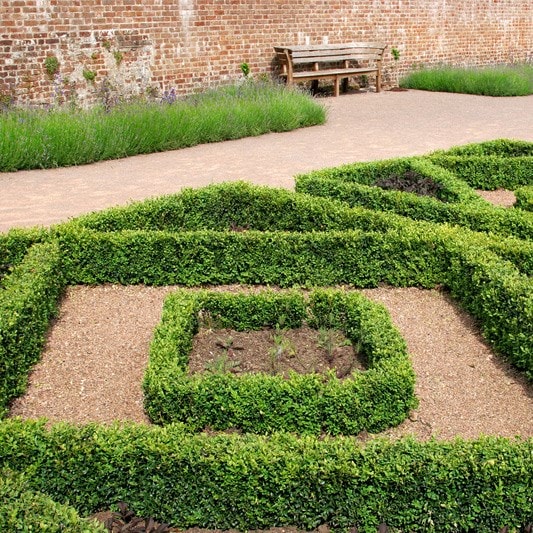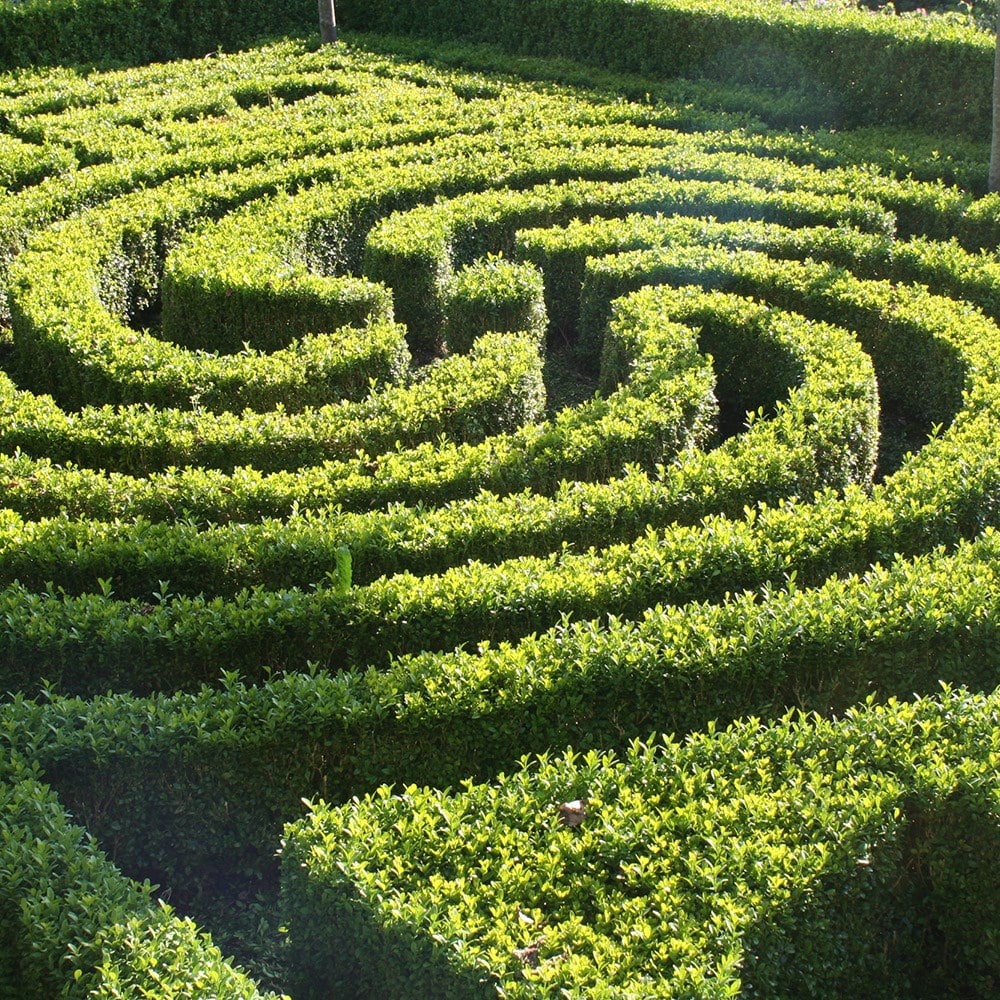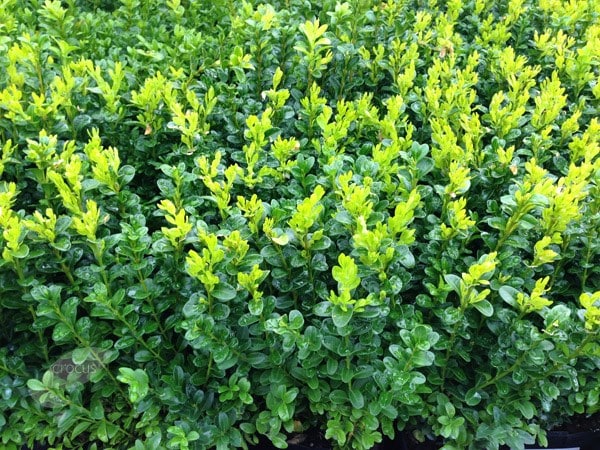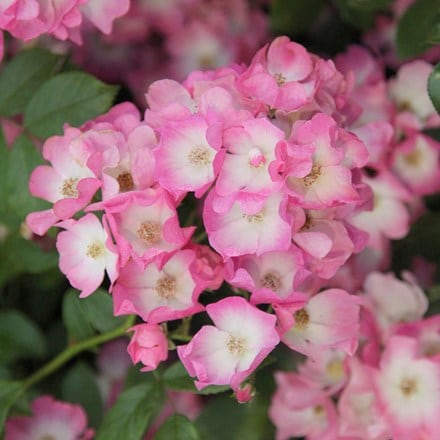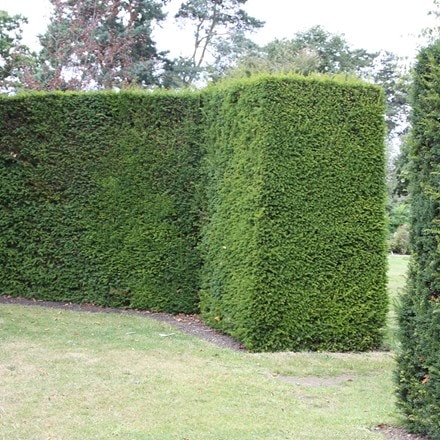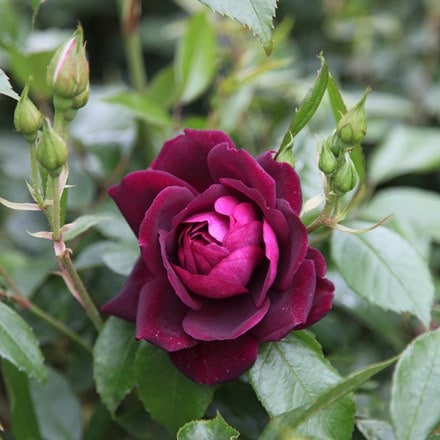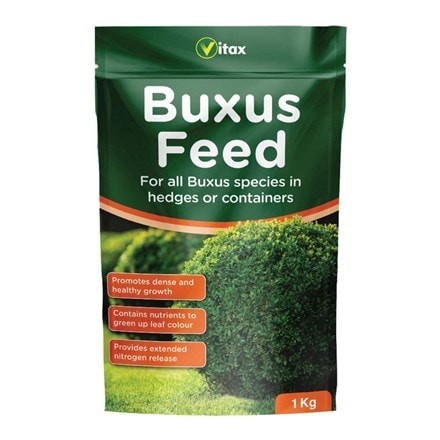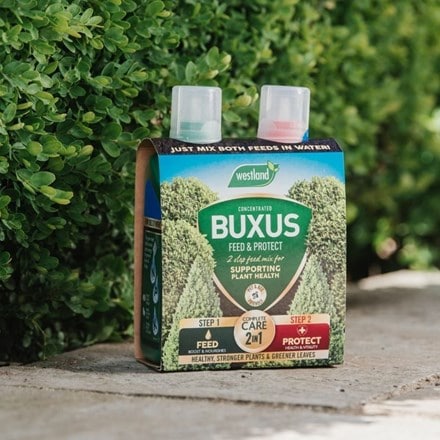Buxus sempervirens
common box
- 1 litre pot | 15 - 20cm tall
- £10.39 £12.99
- In stock (shipped within 3-5 working days)
- 9cm pot | 10 - 15cm tall
- £5.59 £6.99
- In stock (shipped within 3-5 working days)
- 6 × 9cm pots | 10 - 15cm tall
- £19.99 £24.99
- In stock (shipped within 3-5 working days)
- 5 × 1 litre pots | 15 - 20cm tall
- £40.00 £50.00
- In stock (shipped within 3-5 working days)
- 10 × bare root | 30 - 40cm tall
- £55.99 £69.99
- available to order from autumn 2024
Delivery options
- Standard £5.95
- Position: Full sun or partial shade
- Soil: Moderately fertile, moist but well-drained soil
- Rate of growth: Slow
- Hardiness: Fully hardy
Common box makes a fabulous topiary specimen or formal hedge for a partially shady site, forming a dense, evergreen screen of small, rounded, lustrous, dark green leaves. One of our recommended plants, it's an excellent backdrop for traditional herbaceous borders.
Box is happy growing in a sunny spot but the combination of dry soil and full sun may encourage poor growth and leaf scorching. If you have sandy soil, it is best to keep it in a partially shady spot in the garden. For maximum results plant hedging plants at 30cm (12in) intervals.
To find out more about how to plant a hedge, click here
Box is happy growing in a sunny spot but the combination of dry soil and full sun may encourage poor growth and leaf scorching. If you have sandy soil, it is best to keep it in a partially shady spot in the garden. For maximum results plant hedging plants at 30cm (12in) intervals.
To find out more about how to plant a hedge, click here
Plant out into well-prepared, fertile soil and water regularly until well established. Ensure that the soil or compost is never allowed to dry out. Trim plants grown as hedges or topiary in mid- or late summer. If you want to maintain a really precise outline, then you can clip it twice a year - once in June, and then again in August/September. Apply a top-dressing of a balanced slow-release fertiliser such as blood, fish and bone (organic) or Osmocote (inorganic) around the base of the plant in spring, making sure that none touches the leaves or stems.
- Pets: Harmful if eaten
